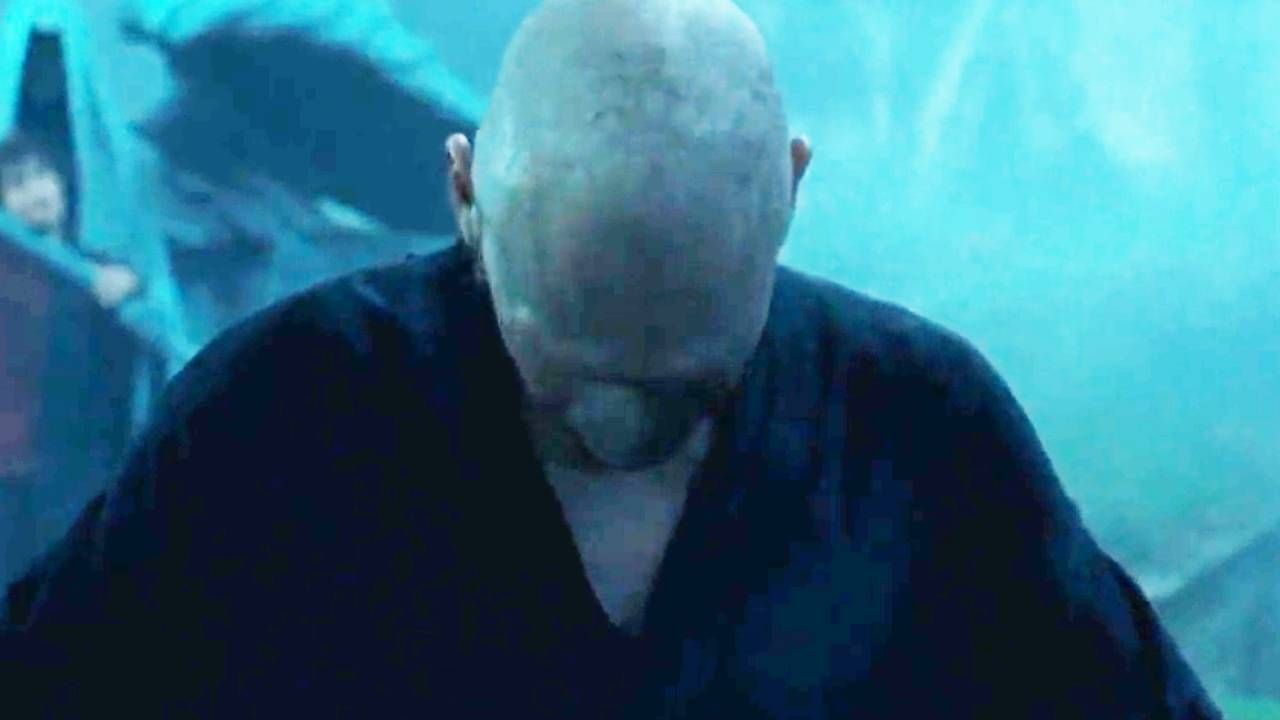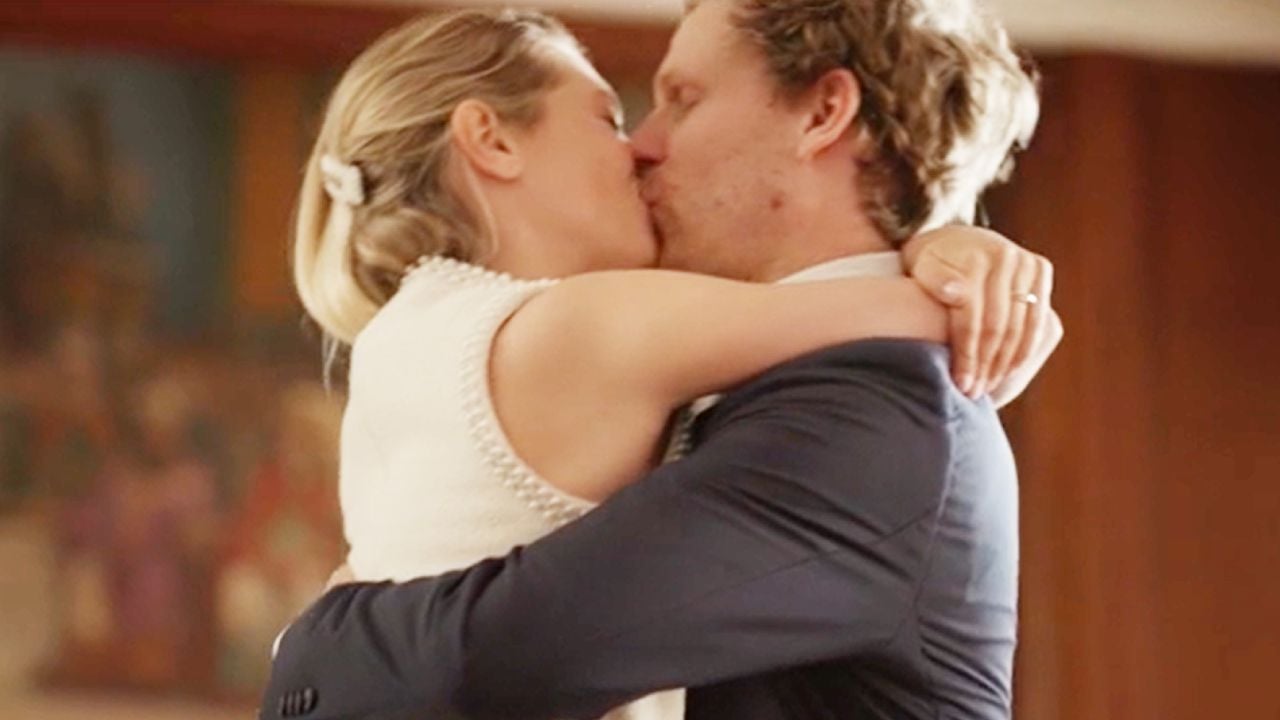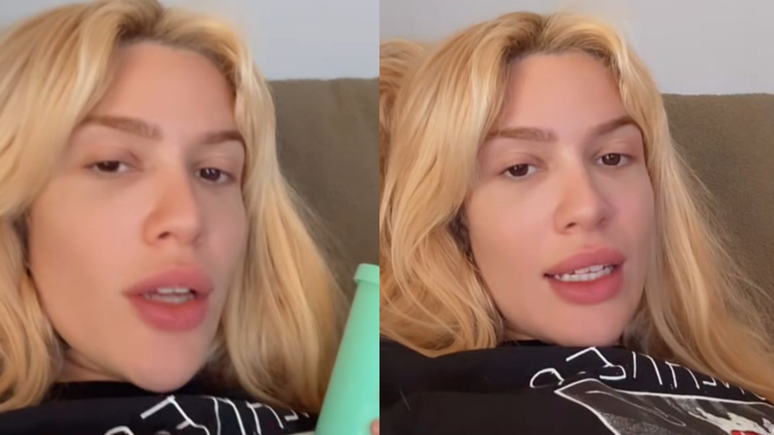In 1991, the then basketball star was diagnosed with HIV, and his public statement became a milestone in the fight against AIDS. To this day, he remains involved in awareness campaigns about the disease. Amid the tears of veteran journalists, Earvin “Magic” Johnson remains calm. “I will have to retire from the Lakers because I contracted HIV,” he says. The basketball star was 32 years old when he uttered this sentence, in a firm voice, on November 7, 1991. He then added that he did not have AIDS, but only HIV, which was confirmed to him by Dr. Michael Mellman shortly before the conference print of the print.
The Los Angeles Lakers doctor had called Johnson after a trip to tell him the bad news. “When he first told me, I thought, ‘Oh, man, I’m going to die. I think it’s over.’ And he said, ‘No, no, it’s not over,'” Johnson later recalled in an interview with public broadcaster PBS. Melman told him he needed to start taking medications and learn to feel comfortable with his new condition. So he could live a long time.
In 1991, HIV infection was still considered a death sentence by public opinion. This explains why Johnson’s press conference caused a shock comparable, for some, to the death of John F. Kennedy, assassinated in 1963, or the resignation of Richard Nixon after the Watergate affair in 1974.
“Magic” Johnson was at the peak of his career and was a worldwide sports superstar. He had won five NBA titles with the Lakers and was named the season’s Most Valuable Player (MVP) three times. “Magic” Johnson was famous almost throughout the world.
Until then, many saw AIDS as a disease that only affected gays or drug addicts. Johnson, however, did not belong to any of these groups.
“Now I’m becoming a spokesperson for HIV because I want people to understand that there is no way around safe sex. Sometimes we think that only homosexuals can get the virus, that it can’t happen to me. But now I’m here saying that can happen to anyone, even me. Everyone should be more careful,” Johnson said.
Two months before the announcement, in September 1991, Johnson had married his wife Cookie. In the press conference he said that his pregnant wife was not a carrier of the virus. Only later did he reveal that he had contracted HIV during unprotected sexual intercourse with another woman.
“Johnson effect” in HIV testing
Also in 1991, the basketball star created the Magic Johnson Foundation, which financially supports groups and campaigns against AIDS. And he never tired of acting in favor of those affected and of raising public awareness of the disease. On December 1, 1999, at the United Nations World AIDS Day, he was one of the keynote speakers, describing the disease as “public enemy number one”.
Johnson’s words were not in vain. In 2021, American scientists estimated that the November 7, 1991 press conference caused significantly more men in the United States to test for HIV in the following months, particularly among black and Hispanic heterosexuals in cities with NBA clubs .
The career of the “magical” Johnson, however, did not end that November day. In 1992, he played in the NBA All-Star team for the Western Conference: this game pits players from teams from the East and West of the United States against each other. In the same year he was part of the so-called “Dream Team” that won the gold medal at the Barcelona Olympic Games.
In the 1995/96 season, Johnson celebrated another return as a Lakers player before finally retiring. In honor of the former athlete, the club retired jersey number 32. And “Magic” Johnson entered the Basketball Hall of Fame in 2002.
Billionaire and philanthropist
“Magic” Johnson is now 65 years old. He successfully invested the money he earned in sports, real estate, cinema and in companies such as the EquiTrust life insurance company and the Starbucks coffee chain. Forbes magazine estimates Johnson’s current fortune at $1.2 billion.
For a long time, the Magic Johnson Foundation has supported not only projects to fight AIDS, but also other organizations related to education, health and working to address social needs in ethnically diverse cities. Johnson is always involved, usually accompanied by his wife Cookie and often his children Earvin “EJ”, Elisa and Andre from a previous relationship.
When Johnson was diagnosed with HIV in 1991, there was only one AIDS drug on the market, azidothymidine, or AZT. There are currently several active ingredients that help reduce the viral load of HIV. If successful, the patient’s immune system recovers and he or she can live and work normally. HIV is considered highly curable if the infection is detected early and treatment is started immediately.
But there is still a clear divide between the Northern and Southern Hemispheres: the number of HIV-positive people worldwide is estimated at around 40 million, of which more than half live in southern Africa. A quarter of all infected people do not receive any medicine.
“I’m not cured. I’ve just been taking my medicine. I’m doing what I’m supposed to do and thank God the HIV in my blood and in my body is pretty much dead. And we don’t want anything to reawaken it,” Johnson said in an email. PBS interview a few years ago.
Source: Terra
Rose James is a Gossipify movie and series reviewer known for her in-depth analysis and unique perspective on the latest releases. With a background in film studies, she provides engaging and informative reviews, and keeps readers up to date with industry trends and emerging talents.






